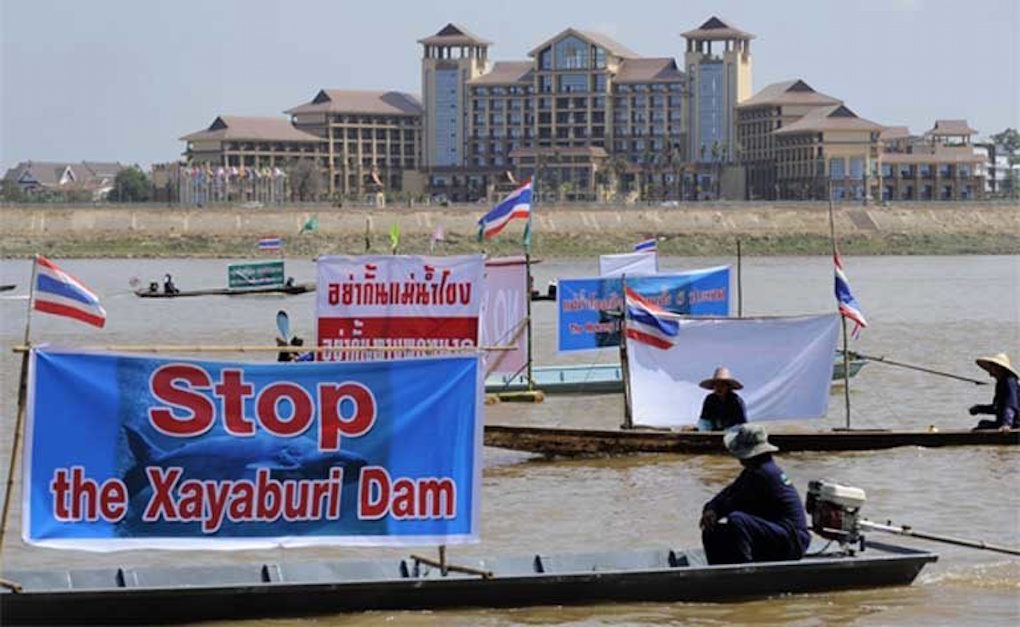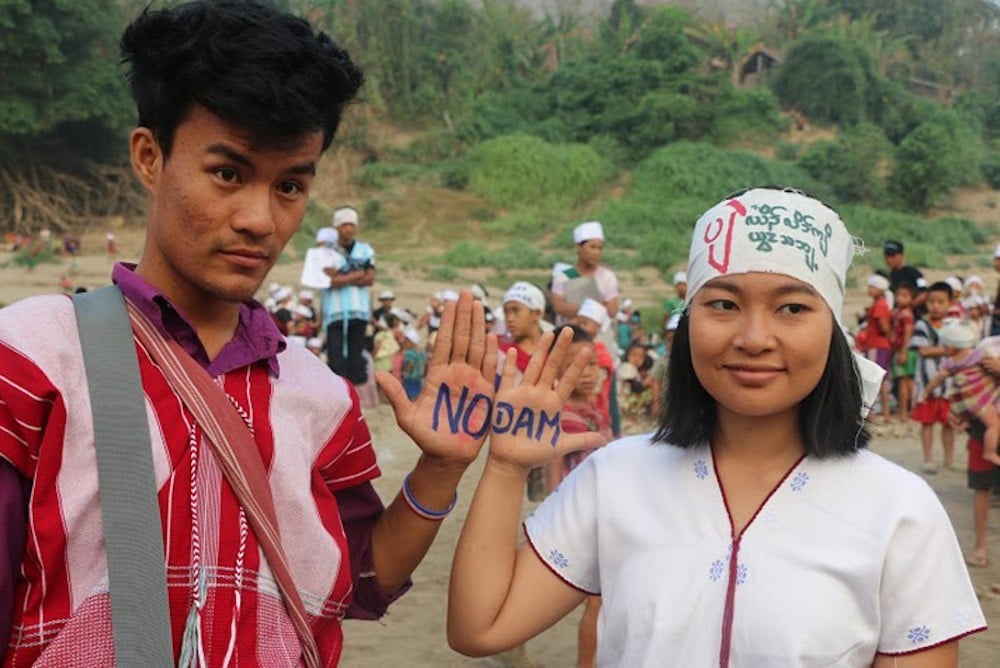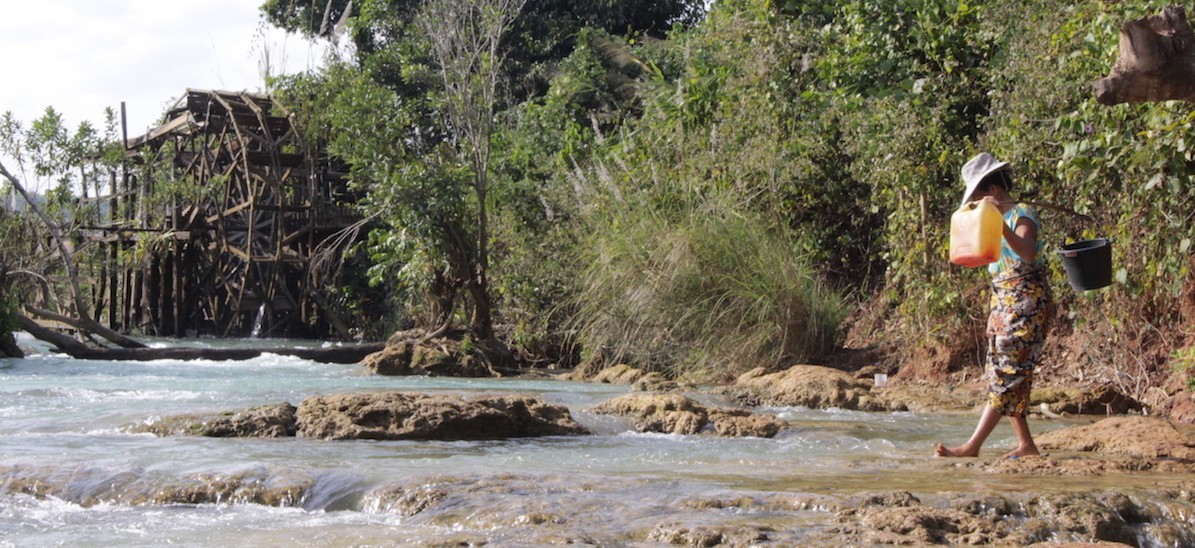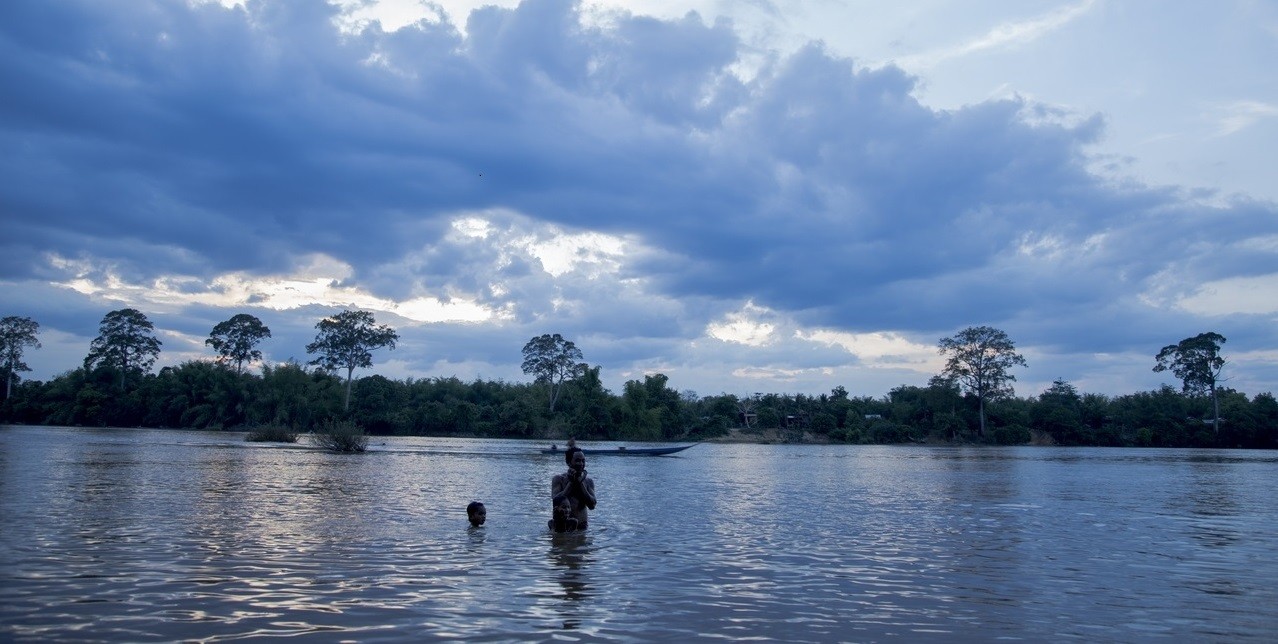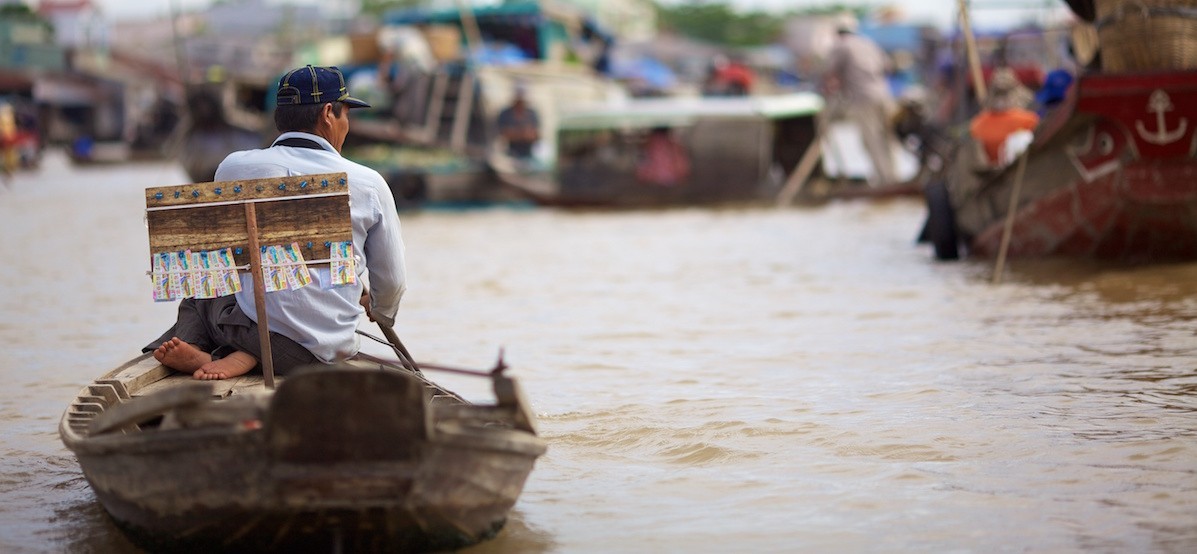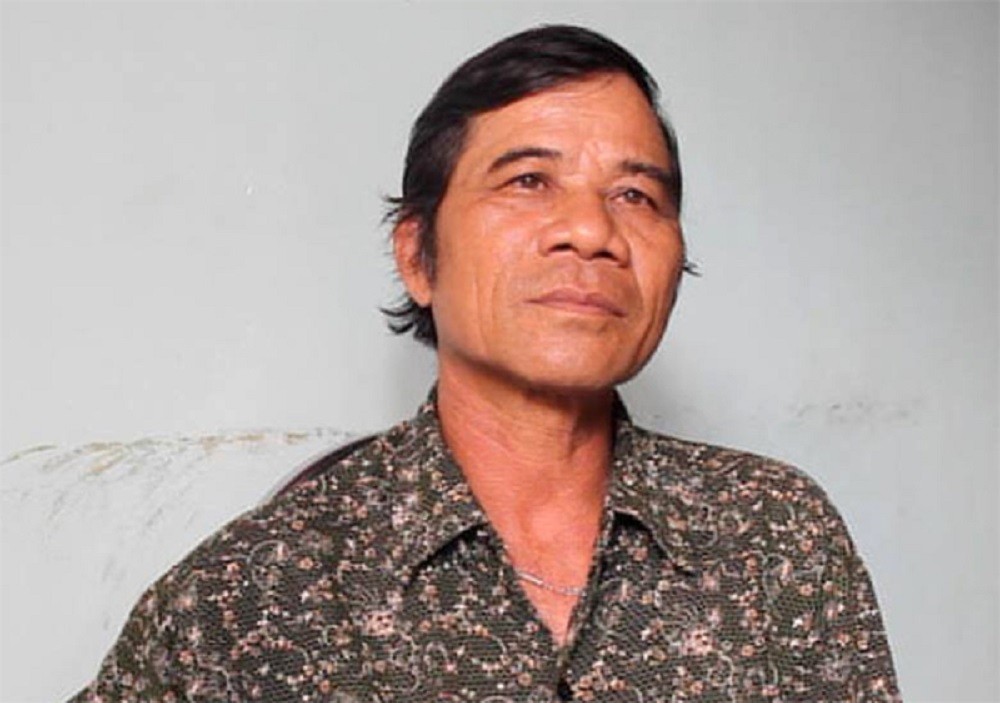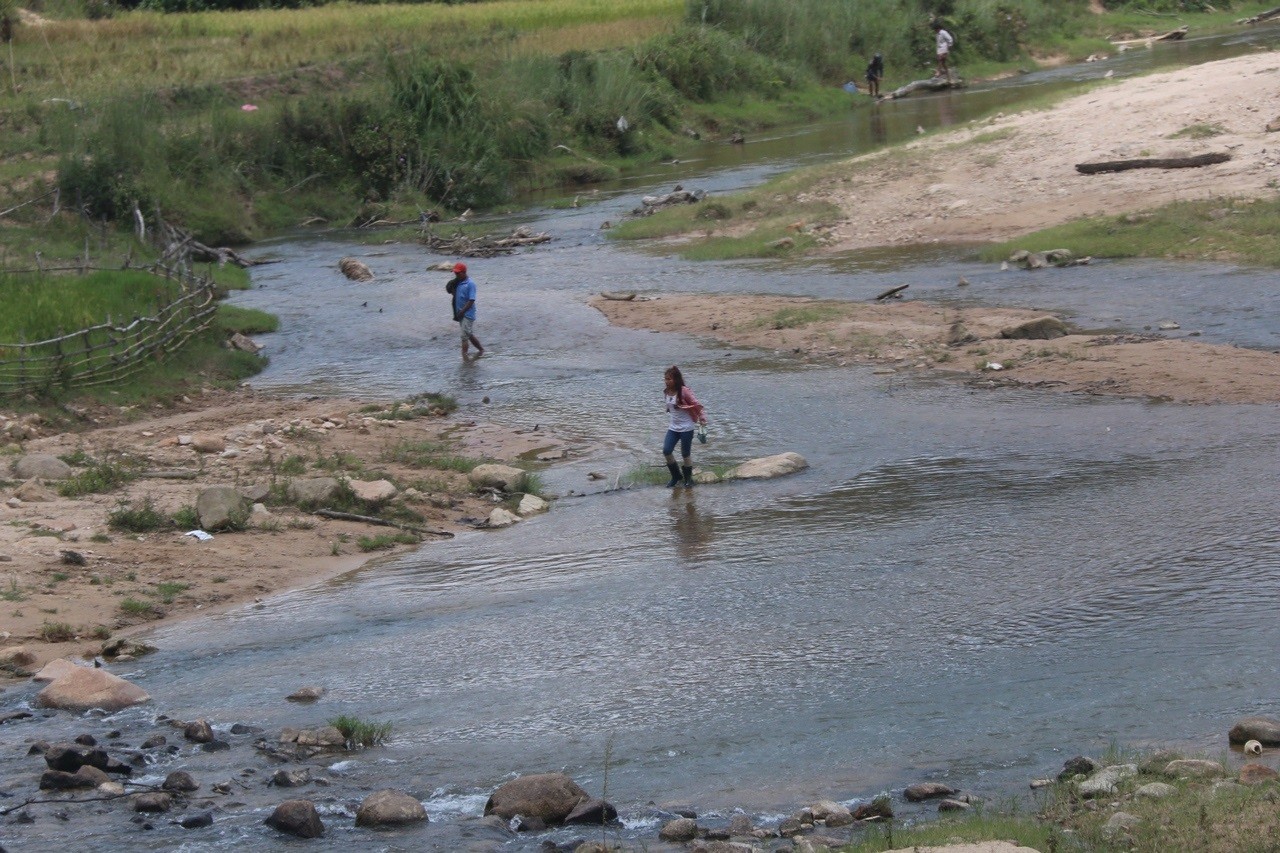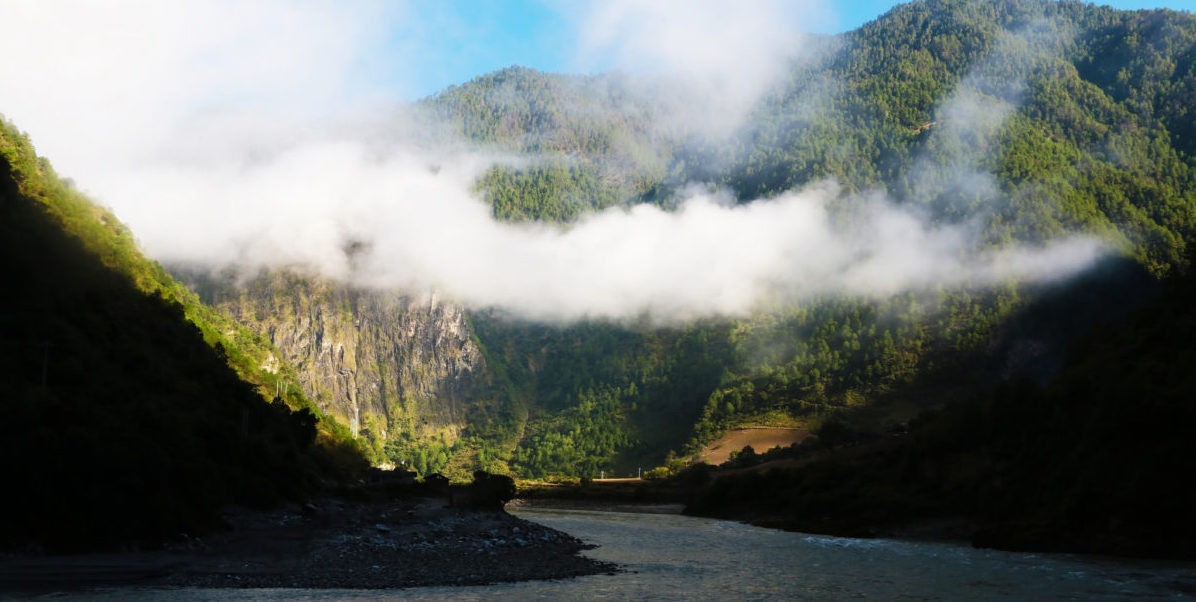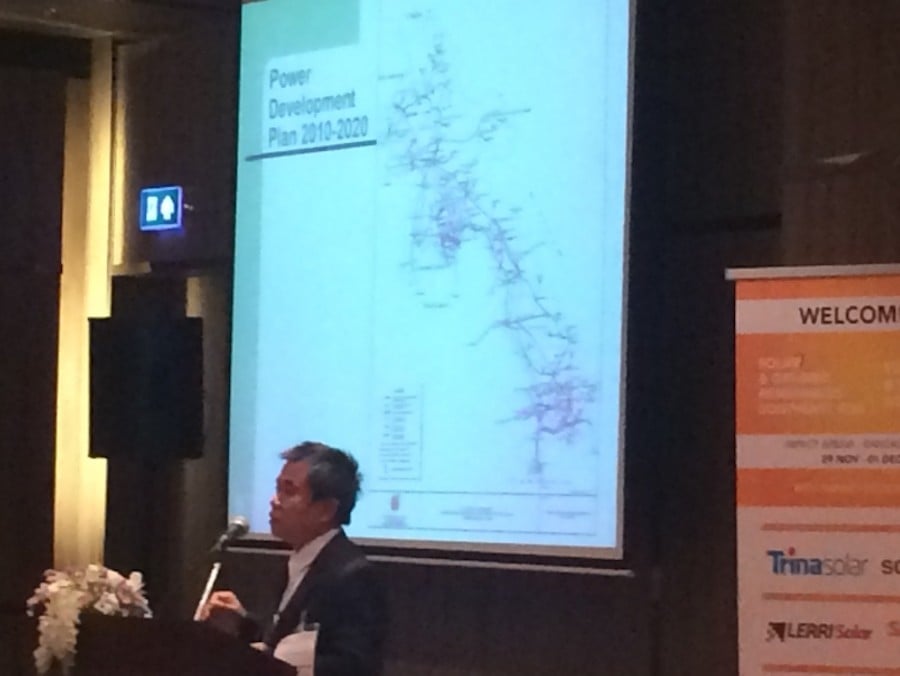We live today in the most explosive era of infrastructure development in human history. By mid-century the unprecedented rate of highway, dam, mine and power plant construction; along with city growth, will girdle the globe in concrete. Arguably, that burst of activity will improve the lives of millions. But it is also coming at a terrible cost to the natural world, as we lose the rainforests, estuaries, wetlands, wildlife and indigenous people of our planet.
Tag: dams
Myanmar Rivers Network calls suspensions of mega dam projects including resources
Myanmar Rivers Network has called for the suspension of construction on mega dam projects, a special economic zone and extraction of value-added mineral resources until a federal agreement is signed.
At a press conference at the Orchid Hotel on December 7, the network released a statement saying that the respective governments and companies must give full compensations to villagers who had been moved by force because of previous dam construction projects.
“My Spirit is There”: Life in The Shadow of The Mong Ton Dam
Before reaching the Keng Kham valley, the bright green Pang river, the Salween’s major tributary running south through central Shan state, splits into three parallel rivers that form myriad channels creating islands and islets, blurring the line between forests and water in a pristine and biodiverse riverscape. Rarely seen by outsiders, these are the famed “thousand islands,” forming a stunning inland delta that gives the “Kunhing” township its name. To the south, the Pang meets the Salween in a cascade of waterfalls. Seen from the air, white water tumbles down through verdant forested islands on an escarpment hundreds of meters long.
When will a basin-scale vision for the Mekong come to reality?
The Mekong basin is being stirred up by dams, both on the mainstream and tributaries, despite the warning that they pose serious threats to an ecologically and agriculturally vital area of the world. Experts say a basin scale vision is crucial for good water governance, but when will it become a reality?
Dam’s impacts being felt
Residents of Stung Treng province’s Preah Romkil commune are reluctant to express their concerns over Laos’s Don Sahong hydropower dam since it was endorsed last month by Prime Minister Hun Sen, despite the impacts of the dam already being keenly felt, activists and researchers said yesterday.
Hun Sen last month announced his support of the controversial project, expressing hope that Lao would sell electricity to Cambodia at a low price, but activist Chum Hout said yesterday that since the endorsement, community members are fearful of lodging complaints. “We appeal to Samdech [Hun Sen] to stop supporting this project . . . Fishing has seriously fallen,” Hout said.
Moving beyond the Myitsone dam dilemma
Amid a wave of popular protest, construction on the Chinese-backed project was halted by the Thein Sein government in 2011. Daw Aung San Suu Kyi’s assurances in August that there will be a solution to the stalled dam may be welcome news in Beijing.
The forest comes back, and so does the Central Highlands culture
Recently, the Central Highlands has been planned as the location for the largest hydroelectric center in the whole country. Along the major river systems of five regional provinces there are 11 large-scale hydropower plantsin operation, as well as 360 small and medium hydropower plants that have been planned and built. However, due to the impacts on the environment, local economy and society, some projects were suspended.
The risks of diverting water
Thuong Kon Tum dam, which is built in the Dak Snghe River watershed, is one of the biggest hydropower projects in the basin of the Se San river. The effect of the dam is still questionable but it raises concerns about environmental impacts as the project will take more than 382ha of watershed protection forests in Kon Tum province and divert water into the Tra Khuc river in Quang Ngai province.
Damming the Salween: what next for Southeast Asia’s last great free-flowing river?
It’s difficult to encapsulate, as an outsider, how significant the Salween is in the hearts, minds and identities of the ethnic communities who live in its watershed. “From the Land of Green Ghosts,” Pascal Khoo Htwe’s autobiographical account of life in conflict-ridden eastern Myanmar is flecked through with references to the “legendary River Salween,” the river he refers to as “an old friend or a lover.” Meeting with Salween riverine communities in Myanmar today, Pascal Khoo Htwe’s depiction of his relationship with the river burns strong – they still talk about it all the time.
Solar progress in Laos hindered by hydro focus
Household solar systems have taken hold in Laos, but PV deployment on a grand-scale is being held back by a focus on hydropower, according to delegates at the Solar & Off-Grid Renewables Southeast Asia Event in Bangkok.


